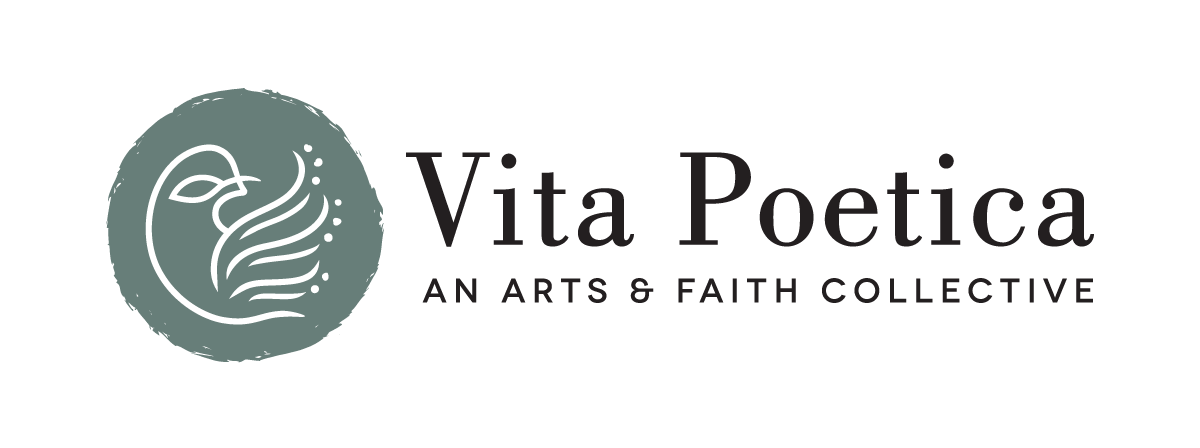Finding the Seed within Decay
Letter from Co-Editor Caroline Langston
At last we have left summer behind and turned into fall–at least, those of us who are in the Northern Hemisphere. I’d never even thought about that reality until I went to work for a global nonprofit and touched down one late October into a sparkling Johannesburg spring.
Even now, it’s an addendum I always have to remind myself about and one that I still find unsettling, as though my center of stability been knocked off balance. (The same way that, depending on the audience, I find myself shifting in conversation from “AD” to “CE.”)
Those essential contrasts, between stability and flexibility, between the open and the closed, have been on my mind a lot lately. More than just “on my mind,” in fact, they are at a vestibular level of consciousness, something I can almost feel.
My husband has been debilitated by a health crisis for months now, and I have been reminded of the value of the solidity of institutions. Even in this anti-institutional age, the infrastructures of marriage, family, church have held up and sustained me. Even in an increasingly post-Christian America, there’s still a healthy respect for the aspiration that a house should be built with a firm foundation rather than on shifting sand.
At the same time, there’s the necessity to have the kind of foundation that can sway in the wind, if only imperceptibly.
Apparently, I’m not the only one with these preoccupations right now. The links of this edition of Vita Poetica are replete with attempts to find the solid within the ephemeral, to find the germinating seed within the inescapable decay. And in doing so, they describe a spiritual perception that can be both solid and flexible at once.
Consider Maxim Shrayer’s poem “Grapes of Sukkot,” whose self-confessed “immigrant Russian Jew” narrator cultivates a grapevine in a garden heretofore only for flowers—adding spirituality and sustenance. You’ll have to read the whole thing to apprehend the grace of this culminating final stanza:
Three springs and three autumns hence
the vine has spread its veiny dactyls
across the sky and the fence,
forming the panels of a tabernacle—
no longer portable but still transient,
and the clusters of grapes shine upon us
like our ancestors’ desert stars.
Come to think of it, the sukkah is the perfect concrete embodiment of the very condition I’ve been trying to describe: open to the elements, but still boundaried and sheltered, crowned by the sky.
Joel Peckham’s “How to Walk in Space: Untethering” poignantly dramatizes that same twinned balance of freedom and attachment, witnessing as the protagonist’s father lies on his deathbed:
And I thought of those first spacewalkers stepping out from the hatch, a gold-plated umbilicus,
providing breath, while keeping the body tied to the ship. Lifelineand leash at once and all of it circling, tangling, flashing with no up or down to go by but the
blue earth and white of the sun, visorsablaze.
How providential, as well, that this edition’s installment of Rebekah Vickery’s spiritual practice series would be “A Blessing for Your Belly”—enabling us to hallow our very centers of gravity.
Balancing these polarities, may we end up at the acclamation to which Angela Townsend points us in her nonfiction meditation “Less and More”:
I had no idea what God was doing, and unfamiliar confidence that God was good.
In this season, whichever one it is for you, may you be able to hold solidly, and bend with grace.
